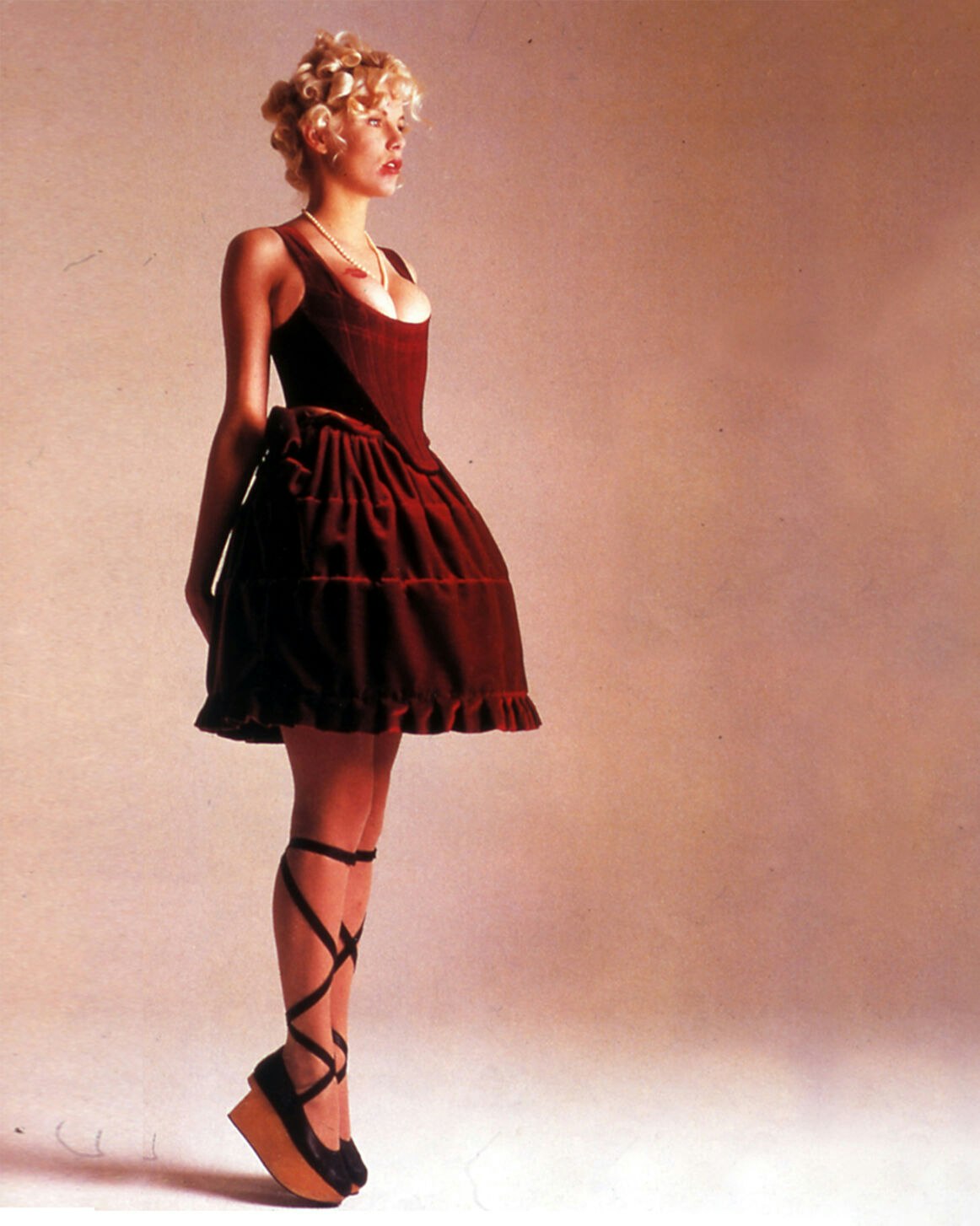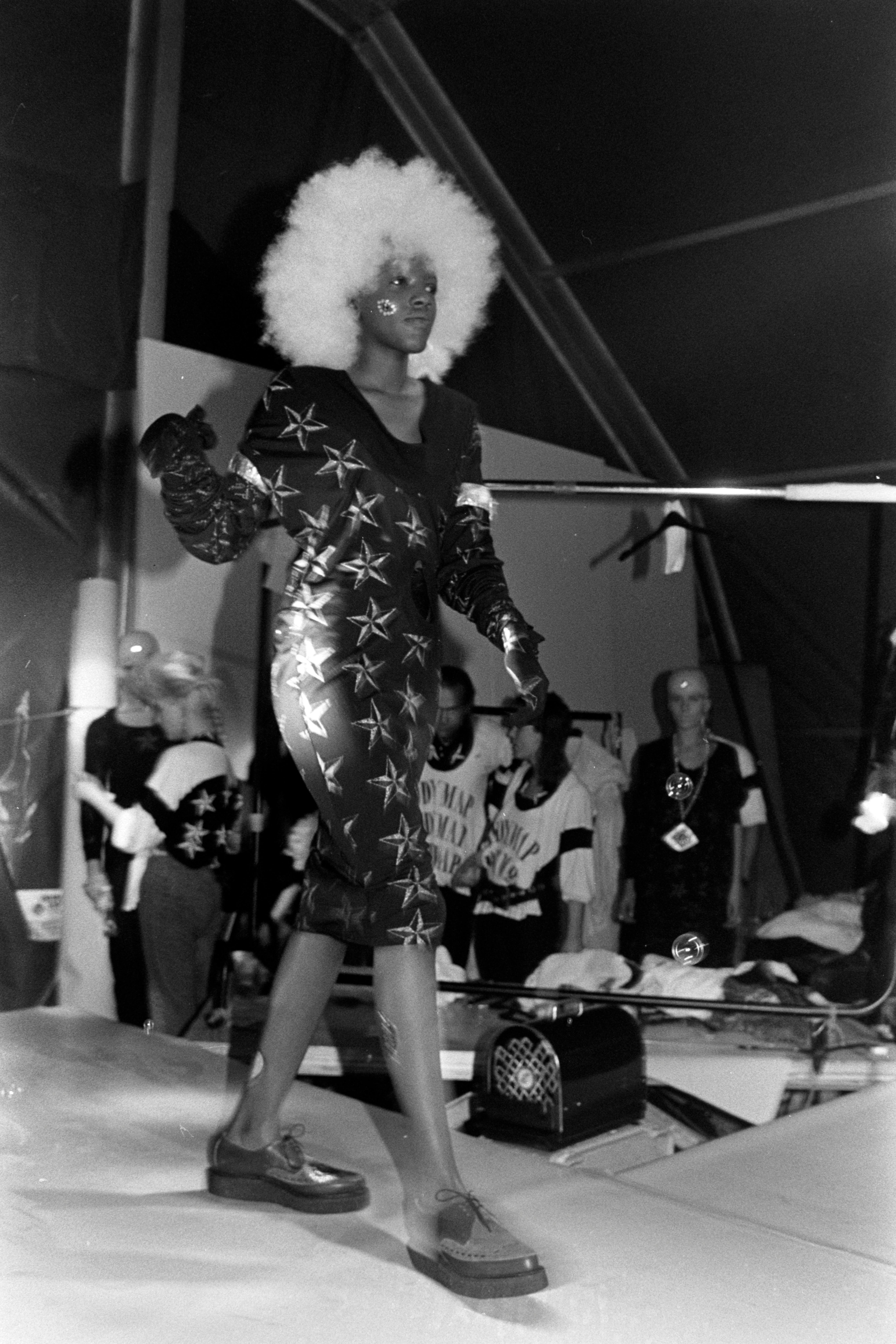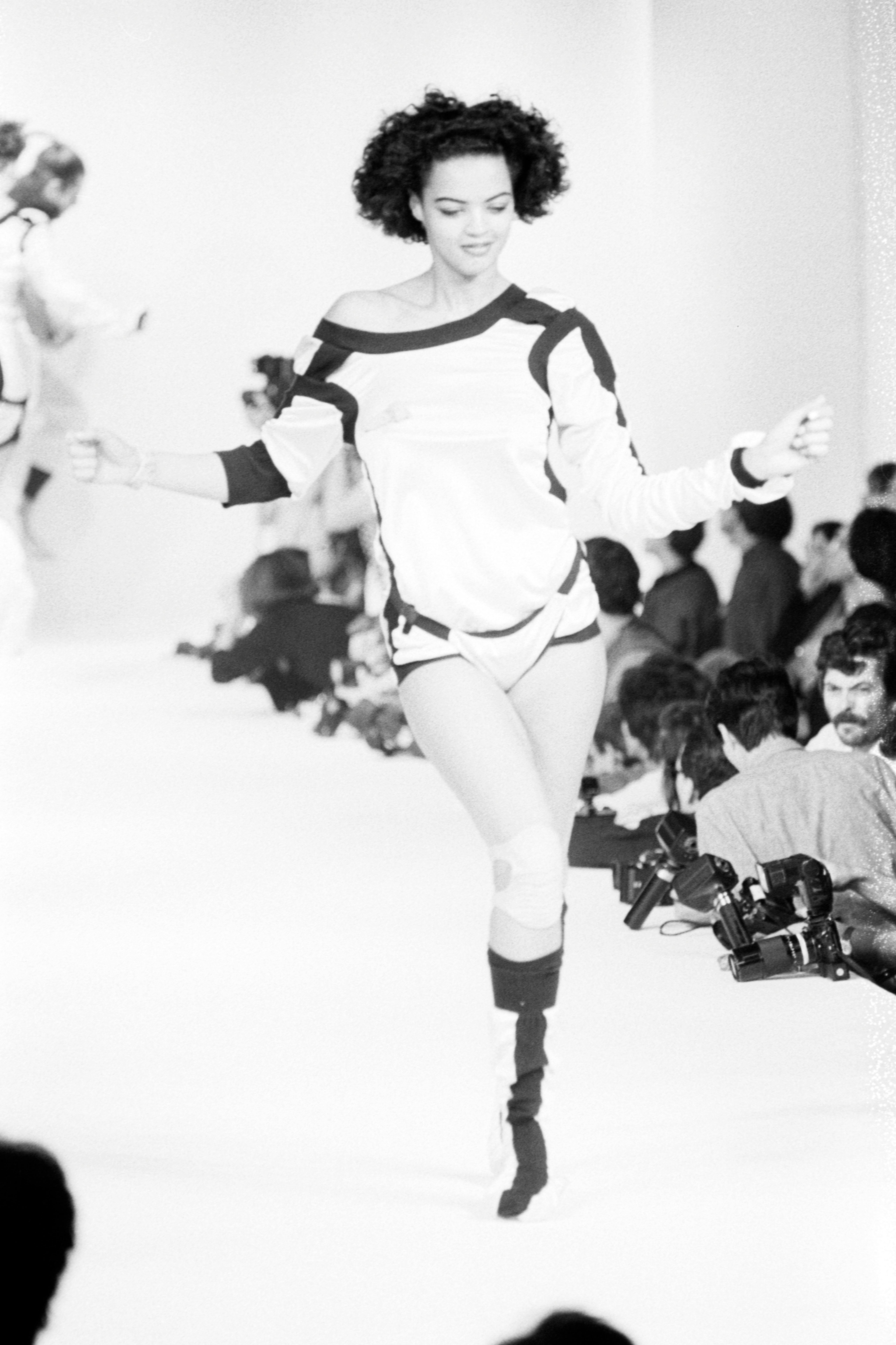London Fashion Week celebrates its 40th anniversary this season, meaning a plethora of high-energy parties at electrifying Soho nightclubs, quintessential British afternoon teas, and of course, rousing runway shows from the likes of Burberry, JW Anderson, Simone Rocha, Wales Bonner, and S.S. Daley, among others.
In honor of this historic anniversary, L’OFFICIEL looks back at the beginnings of LFW, exploring how it emerged today as one of the “Big Four” fashion weeks alongside Paris, Milan, and New York.
The grandeur of LFW was preceded by small, independent showings and the British Designer Show facilitated by the London Designer Collections and Annette Worsley-Taylor, a British fashion entrepreneur and longtime industry authority. Due to scheduling issues, a need for stronger financial support, and a lack of exposure, the demand for a collective, well-funded fashion organization emerged, resulting in the 1983 formation of the British Fashion Council (BFC) and, a year later, LFW.
“It is important to grasp that there were intriguing and interesting clothes from lively young designers—but nothing like the grandeur and formality of the traditional Parisian fashion,” said Suzy Menke, a British fashion journalist and industry veteran, to Vogue Business. “There was no reference in England to ‘famous’ houses, which might be dressing the Queen of England.”
Over the past 40 years, LFW has garnered a reputation as a starting ground for new, burgeoning British talent, including models, designers, and photographers. Iconic British supermodel Naomi Campbell started her runway career on an LFW catwalk in 1986, where she strode down the Jasper Conran platform at just 15 years old, sporting a gauzy headscarf, tailored white shorts, and super-strappy heels. Likewise, Stella McCartney made fashion history in 1995 when she debuted her first line, a graduate collection for her coursework at Central Saint Martins, at LFW with supermodels Campbell and Kate Moss walking the runway. The ’90s were defined by the emergence of young designers like Philip Treacy and Hussein Chalayan, who alongside Phoebe Philo and McCartney, marked LFW as a fashion hotspot, overflowing with fresh, creative vision.
Aside from being home to a range of fashion subcultures and social scenes, Central Saint Martins, one of the world’s foremost fashion and design schools, resides in King’s Cross, a super-chic fashion and food-oriented northern London neighborhood. Designers like Lee Alexander McQueen, Sarah Burton, Philo, McCartney, Grace Wales Bonner, and Kim Jones spent formative years honing their skills there before later emerging as some of the most influential modern fashion figures. Central Saint Martins students are often invited to show their collections at LFW, and graduates of the esteemed fashion school tend to appear as part of the BFC’s Newgen initiative, which supports emerging fashion and design talent.
McQueen was one of six young designers sponsored by the BFC for his first post-graduation collection in March 1993—a show that sparked mainstream interest in the brand, leading to McQueen’s commercial and critical success just a few years later, particularly after the debut of his low-rise jeans in 1994. McQueen’s lowrise denim designs, sometimes referred to as “bumsters,” are often credited with sparking the infamous Y2K denim trend. The radical look caused controversy, bringing the design to the attention of the mainstream media and celebrities alike, as evidenced by the fact that Madonna sported a pair in a 1994 MTV ad. While McQueen would later move his fashion house to Paris Fashion Week, it was London where the label rose to recognition, due to both the designer’s fashion genius, as well as the unique community that existed as a part of LFW.
While LFW often serves as a jumping-off point for young, up-and-coming designers, it also exists as a venue for quintessential big-name British designers to show their collections, with Vivienne Westwood, a label famous for its punk-inspired, quintessentially London looks, and Burberry, who maintains a seasonal closing show spot, reflecting the brand’s iconic status as the British luxury label.
This year marks not only 40 years of all the glitz and glamour that comes along with fashion shows but rather, 40 years of an artistic community that holds a unique role in the fashion sphere—one that offers a supportive setting for young, innovative designers and established luxury giants alike. To this day, LFW continues to foster young talent, with the likes of Nensi Dojaka (2021 LVMH Prize winner), Molly Goddard, Sinéad O’Dwyer, and Aaron Esh—2023 LVMH prize finalist. With more and more young designers emerging from LFW as the years go by, there’s no telling what the future holds for the fashion industry as London-based designers continue to shape it.









